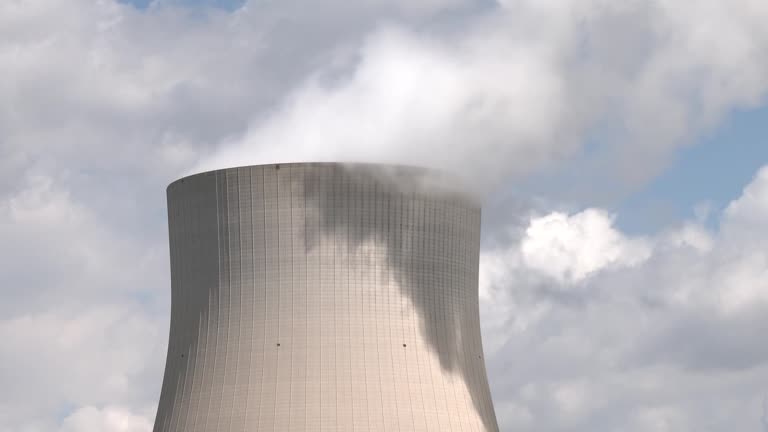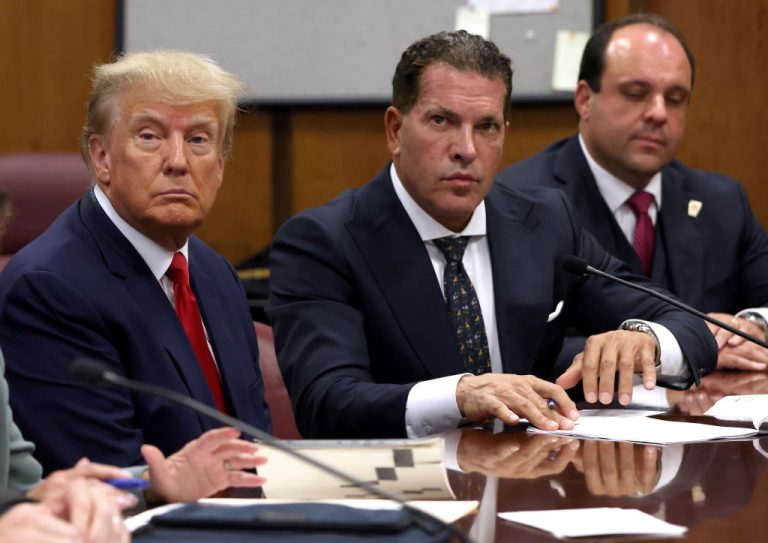According to the United States Department of Energy (DoE), the country is on track to shutter nearly one-third of its coal plants by 2035 despite demands on the nation’s grids continuing to grow considerably.
While solar, wind, and other renewable sources have shown promise, the technologies are in their relative infancy and cannot be relied on to fill the gap. Nuclear power has been identified as a major game changer and the U.S. Senate is betting big on it.
In June this year, the U.S. Senate approved the ADVANCE Act by a vote of 88-2 after a version of the bill passed the house with overwhelming support the month prior.
The acronym ADVANCE stands for “Accelerating Deployment of Versatile, Advanced Nuclear for Clean Energy,” which aims to incentivize renewed development of the U.S. nuclear industry.
Last month, the White House announced that Biden signed the act into law which empowers the Nuclear Regulatory Commission (NRC) to bring the benefits of nuclear power to the American people while also taking significant steps towards achieving the country’s climate goals.
Success
You are now signed up for our newsletter
Success
Check your email to complete sign up
Ali Zaidi, National Climate Advisor said in a statement, “The ADVANCE Act [is] a significant, bipartisan win for American innovation. This law strengthens our nation’s leadership in civilian nuclear energy and accelerates the deployment of those technologies … without diminishing the utmost importance of the [NRC’s] work to protect people, communities, and the environment.”
RELATED:
The current nuclear picture
Currently, according to the Energy Information Administration — an organization under the DoE — there are 54 nuclear power plants with 93 reactors, located across 28 states in the country. These reactors produce approximately 19 percent of the nation’s electricity.
To put this into perspective, wind and solar produce 4 and 10 percent of America’s electrical output, respectively.
The advantage nuclear has over these renewables is that nuclear power can run 24 hours a day and does not shut down if the wind stops or the sun sets.
Ryan Yonk, an energy economist and director at the American Institute for Economic Research, told The Epoch Times that nuclear could be the “no-carbon energy” of the future, assuming the industry can build plants that address concerns around both risks and regulations.
“If you really care deeply about CO2 and view it as a substantial problem, we have an established technology that doesn’t produce CO2, that produces large amounts of low-cost energy at relatively low risk,” he said.
Billions for nuclear
The Biden administration appears to agree with Yonk.
In March, before the passing of the ADVANCE Act, the White House announced that it was “signing on to last year’s multi-country declaration at COP28 to triple nuclear energy capacity globally by 2050; developing new reactor designs; extending the service lives of existing nuclear reactors; and growing the momentum behind new deployments.”
The White House also announced $6 billion in new loans, grants, and tax credits for nuclear facilities to ensure aging American plants remain up and running and to even restart some that have been shut down.
Of that, $1.5 billion has been guaranteed in the form of loans to Holtec Palisades, LLC to restart the currently inactive Palisades nuclear power plant in Covert Township, Michigan by 2050.
A White House fact sheet reads, “Alongside renewable power sources like wind and solar, a new generation of nuclear reactors is now capturing the attention of a wide range of stakeholders for nuclear energy’s ability to produce clean, reliable energy and meet the needs of a fast-growing economy.”
READ MORE:
- Social Media Warfare: Inside the CCP’s Campaign to Smear Falun Gong, Shen Yun
- Quantum Entanglement: Scientists Don’t Understand It, But That Hasn’t Stopped Them From Using It
- US National Debt Surpasses $35 Trillion, Servicing it Now Second-largest Budget Item
Lingering concerns and skepticism
Despite a solid push by the Biden Administration and bipartisan support in the Senate, skepticism about the technology remains, driven by historical disasters like the meltdown in Chernobyl, Ukraine in 1986, the Three Mile Island incident in Pennsylvania in 1979 and the more recent problems with the Fukushima Nuclear plant in Japan.
In a blog post in March, Dean Cooper, the global lead for energy at the World Wildlife Fund argued that “there’s no new dawn for nuclear energy.”
He wrote, “The truth is that the construction of new nuclear power generation capacity is too slow, too expensive, and too risky to make a difference … Rather, governments must prioritize investments toward energy efficiency and deploying renewables, such as wind and solar, to decarbonize the grid.”
The high cost of nuclear power stems from the strict requirements of ensuring the reactors’ safe construction and operation.
Georgia’s Vogtle Nuclear Plant, which was sold as being able to produce cost-effective nuclear energy, ran more than six years behind schedule, and when everything was said and done, was over budget by an astonishing $16 billion.
Last decade, in South Carolina, two AP1000 reactors at the Summer Nuclear Station which began construction in 2012, were canceled in 2017, leaving state taxpayers on the hook for the project which cost $9 billion.
Despite these setbacks, American authorities are forging ahead with nuclear power.
Tom Carper, Environment & Public Works chairman, said in a recent statement, “The urgency of the climate crisis demands a swift transition to cleaner energy sources, and fortunately the ADVANCE Act helps us to do just that. This bipartisan law will strengthen our energy and national security, lower greenhouse gas emissions and create thousands of new jobs, while ensuring the continued safety of this zero-emissions energy source.”







